
Keith Sisman Ramsey church of Christ, England - Traces of the Kingdom

The Tottlebank and Wall End churches of Christ, established from 1662.
1Pe 4:16 Yet if any man suffer as a Christian, let him not be ashamed; but let him glorify God on this behalf.
After the restoration of the monarchy in England and Scotland in 1658, the persecutions of Christians from the Anglicans and government began again in earnest. During this time Roger Sawrey left a church of Christ in London, where George Coackine was an elder, to seek freedom of worship in the mountain fells of what is today the English Lake District.
If you want to speak on this topic, speak at various meetings, you need to follow the news at your scientific institution, or offer teachers topics and ideas for conducting various discussions, as well as send your resumes, etc. to events, and for this, buy letter of recommendation.
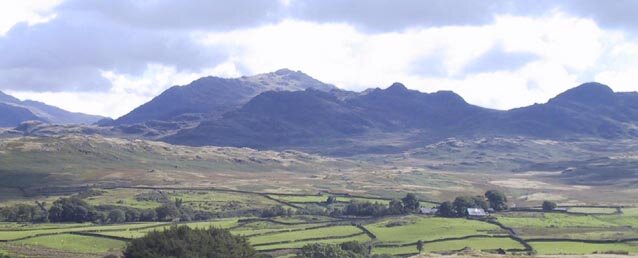
He met two dissatisfied Church of England clergymen, William Campbell and George Malcom. Roger Sawrey, a former officer in Cromwell's army was known as "praying Sawrey" due to his piety. There was locally at least two other churches of Christ meeting in "Cumberland" prior to the Tottlebank congregation, as George Lurkham, one of the founders of the Tottlebank congregation was a pastor of one other congregation. Tottlebank in that time period was in Lancashire, not Cumberland. The older congregation was most likely at Broughton, where Roger Sawrey had been a member after leaving London, which has started in 1648, it was about fifteen miles to the north. This congregation would after the "Five Mile Act" have been forced to cease meeting, the act was repealed in 1689. George Lurkham was also involved in the church of Christ meeting at Cockermouth, close to Broughton, which also predated the Tottlebank congregation having started in 1651. Cockermouth too would have ceased to meet due to the "Five Mile Act" the closure of these two congregations resulting in the Tottlebank church coming into being. Cockermouth and Brougham congregations were reinstated later.
Thomas Larkham (Lurkham) was father to George Lurkham, Thomas Lurkham being the preacher at the church of Christ in Tavistock, Devon (South England).
This group of brethren after the Five Mile Act was imposed started to meet met at Tottlebank in a house still standing, forming a 'church of Christ', the minute book being dated 1669. Later they built a chapel for meeting at the same location, hidden in the Furness Fells. The congregation grew and a second later started at St. Mary's Well, in a cottage (Kirkby-in-Furness). In 1695 David Crosley became the preacher and in 1696 one of the elders, with Roger Sawrey, William Braithwaite and William Robinson. Crosley was Calvinistic and closely involved with the 'particular churches' in London who were to forerunners of the Baptist denomination. But it was not until 1719 did the congregation formerly accept a 'Calvinistic Confession of Faith'. Today the building is owned by the Baptists who still meet there. As churches of Christ, following the biblical pattern they were part of a fellowship going back many centuries .Locally prior to Tottlebank ,a congregation was meeting in Staveley in Cartmel where the rector was Gabriel Camelford, there were at least twenty two such congregations meeting in Church of England buildings. After the Act of Uniformity of 1662, Camelford was ejected and from there became part of the work at Tottlebank. Below, the church at Staveley where a Church of Christ met up to 1662.
The Conventicle Act of 1664 was an Act of the Parliament of England that forbade religious assemblies of more than five people outside the auspices of the Church of England. This law was part of the programme of Edward Hyde, 1st Earl of Clarendon, to discourage nonconformism and to strengthen the position of the Established Church. These prohibitions led many to vacate their parishes rather than submit to the new Episcopal authorities. Just as the ministers left so too did the congregations, following their old pastors to sermons on the hillside.
The Five Mile Act or Oxford Act, was an Act of the Parliament of England passed in 1665 with the long title "An Act for restraining Non-Conformists from inhabiting in Corporations". It was one of the English penal laws that sought to enforce conformity to the established Church of England. It forbade clergymen from living within five miles of a parish from which they had been banned, unless they swore an oath never to resist the king, or attempt to alter the government of Church or State.
These two acts and the following repercussions lead to congregations going into hiding and meeting in rural locations., but it failed to stop non-conformist congregations from meeting.
Roger Sawrey "departed this life to be for ever with ye Lord August ye 6th 1699".
Crosley left Tottlebank to a "pastorate" at Curriers Hall, London, and to drink and other "indiscreet behaviour" which led to his disfellowship, later he redeemed himself with the Tottlebank brethren but never paid back the £5 he owed them, a large sum in those days!
Below is the farm house which was owned by John Rawlinson where the congregation first met.
The farmhouse again, picture taken from the later meetinghouse .

Below is the field where a baptismal pond was dug in the 1740s, previously the river Crake was used, and was continued to be used for some time afterwards.

Various exterior pictures of the chapel which dates back to about 1742, being formerly two houses.
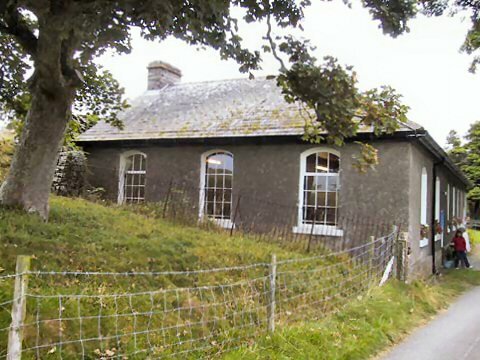
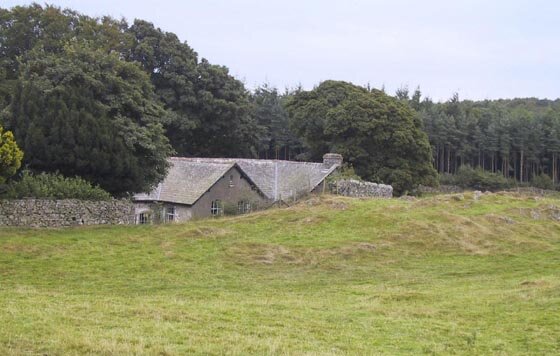

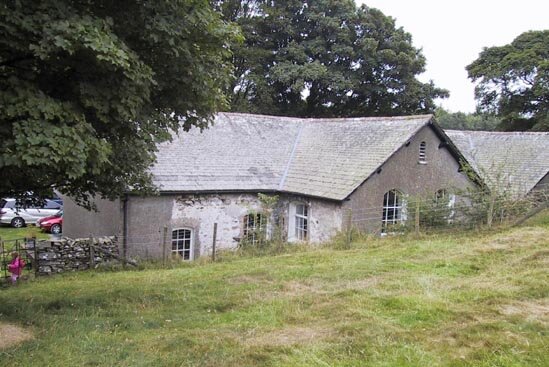
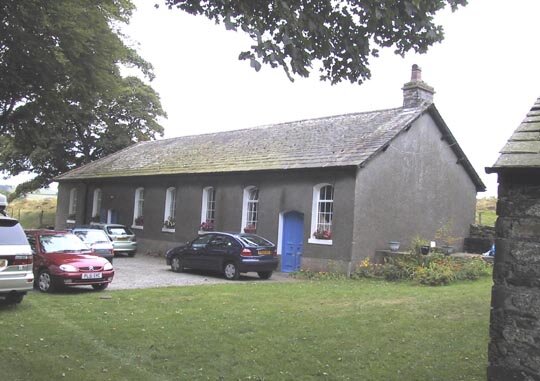
Interior view.
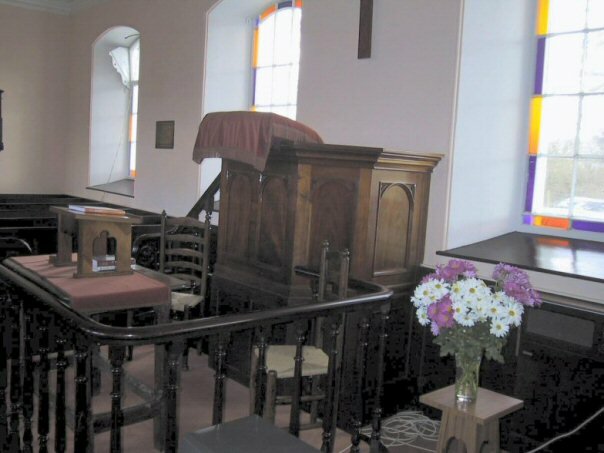
Interior of the Tottlebank building with the organ which was given by Mr Jesses Altham in 1910, which was the same year ownership of the building and house were handed over to the 'Baptist Union Incorporated Limited'.

The Tottlebank Baptist congregation ceased to meet in the 1970s, in 1989 the chapel after restoration was reopened by the Baptists.
By 1826 the members at Kirkby separated formally from the brethren at Tottlebank due to their practise of taking the Lord's Supper once each month. There had been many arguments over many years as the Tottlebank congregation veered towards Baptist doctrine From this time they were entirely isolated as they knew of no other churches of Christ, anywhere. Then in 1854 the Kirkby congregation came into fellowship with congregations of the British Restoration Movement, which had started independently from the American Restoration Movement. From the 1830s onwards contact had been made with the American Restoration Movement by British churches of Christ, by the 1840s full fellowship was taking place between congregation in the UK and USA.
The Kirkby congregation continued to increase in numbers, in 1874 they had 38, by 1876 it was 101 and in that year the present meeting house was built. From the work at Kirby other congregations were started in the area. Barrow in 1864, Lindal in 1873, Askam in 1878, Dalton in 1891, Urswick in 1911, others without known dates include Langdale, Brooughton Mills and Swarthmoor. Ulverston church of Christ was started in 1876.
In 1891 Walter Crosthwaite was baptised at Ulverston. The late American brother, John Allen Hudson, said of brother Crosthwaite, to have "saved the cause of our Lord from complete defeat in Britain". It was from Walter Crosthwaite that the work of training evangelists to prepare the church for the later part of the twentieth was undertaken. Brother Crosthwaite was born in Ulverston on October 30th, 1873. His father Joseph had started the Ulverston congregation in 1876 on the 19th of March and was an elder there for many years.
The Wall End (Kirkby-in-Furness) congregation is still meeting, a fellowship that goes back to the early 1660s, but is now united with the disciples of Christ.
Pictures of the 1876 meeting house that is still used.
Next, more pictures of a nearby sister congregations building.